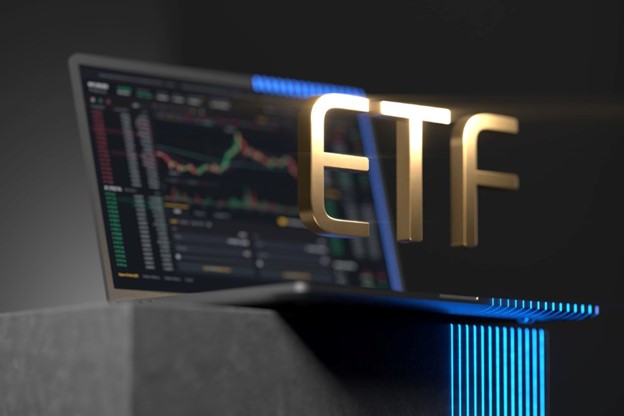

Actively managed ETFs are living up to their hype this year, so much so that fewer than one in 10 financial advisors say they are not planning to use them.
A full 42 percent of advisors surveyed in October by InvestmentNews said they are very likely to increase their use of active ETFs within the next 12 months, while 46 percent are keeping their use consistent, and only 3 percent said they will decrease it. Nine percent said they don’t use active ETFs and don’t plan to.
Those data come from 126 advisors at RIAs and broker-dealers, most of whom indicated they were bullish or at least neutral on the US economy and performance of the S&P 500 over the next 12 months.
Read more: BD vs. RIA: What’s the difference?
In November, US active ETFs pulled in a net of $38 billion, the highest figure on record for a single month, data from Morningstar Direct show. And there have been 507 product launches so far this year, including strategies that converted from existing mutual funds, said Ryan Jackson, senior manager research analyst for passive funds at Morningstar Research Services. To put that in perspective, there are a total of 1,700 such products on the market.
“It’s been a tremendous year by all accounts,” Jackson said. “You’re seeing this exponential growth in the active ETF space.”
Active ETFs have been in demand across asset classes. Even though active ETFs accounted for only about $806 billion in total assets as of October, compared with $9.1 trillion in passive ETFs, 38 percent of net inflows to fixed income in ETFs this year have gone to active products, Jackson said.
Year to date through October, about $225 billion has flowed into active ETFs, compared with $582 billion in passive ETFs, the Morningstar Direct data show. Among traditional mutual funds, passive products saw net inflows of $48 billion, which active ones bled $344 billion.
“A lot of times we like to say mutual funds are completely done for – it’s all ETFs,” Jackson said. “But what’s really bearing the brunt of that pain are actively managed mutual funds. Passive ones seem to be weathering the storm quite well.”
In equities broadly, not limited to ETFs, more advisors indicated they plan to increase their exposure to US equity than any other equity category (25 percent), with 15 percent conversely saying they will likely decrease exposure, the InvestmentNews survey data show. That was followed by increases to international equity (22 percent), global equity (21 percent), and emerging markets equity (19 percent).
And still higher demand is expected for US fixed income, with 28 percent of respondents saying they could soon hike their exposure to that, followed by 18 percent who said the same for high yield bonds.
There was also enthusiasm across multiple alternatives categories such as real estate (20 percent), gold (18 percent), cryptocurrencies (16 percent), and private debt (15 percent).

It's a showdown for the ages as wealth managers assess its impact on client portfolios.

CEO Ritik Malhotra is leveraging Savvy Wealth's Fidelity partnership in offers to Commonwealth advisors, alongside “Acquisition Relief Boxes” filled with cookies, brownies, and aspirin.

Fraud losses among Americans 60 and older surged 43 percent in 2024, led by investment schemes involving crypto and social manipulation.

The alternatives giant's new unit, led by a 17-year veteran, will tap into four areas worth an estimated $60 trillion.

"It's like a soap opera," says one senior industry executive.
RIAs face rising regulatory pressure in 2025. Forward-looking firms are responding with embedded technology, not more paperwork.
As inheritances are set to reshape client portfolios and next-gen heirs demand digital-first experiences, firms are retooling their wealth tech stacks and succession models in real time.
